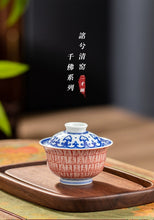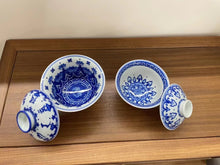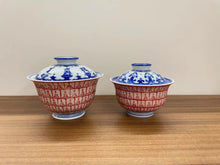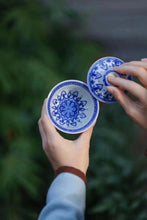
June 22, 1900, the summer solstice. When the Taoist priest Wang Yuanlu was cleaning the quicksand in the cave, he accidentally knocked on the wall and opened the Mogao Grottoes Sutra Cave that had been sealed for centuries. Those magnificent or graceful murals, solemn sculptures, and countless Dunhuang art elements once again attracted the attention of the world and caused a sensation in the world. Over the past 120 years, people have gradually become more interested in Dunhuang, and the Mogao Grottoes have become a historical pearl of world cultural heritage. For the various murals and sculptures in Dunhuang, people use various means such as images, photos, technology, and repairs to record and promote their spiritual connotations, and to continue Dunhuang art as much as possible.
Note: Even now, the Dunhuang murals have continued to weather, and there is still no way to prevent the gradual disappearance of the Mogao Grottoes. There is one method, which is a kind of innovation and development, both for Dunhuang murals and the creative form itself. The integration of the two will lead them to a broader future. That is to incorporate Dunhuang murals into Jingdezhen ceramics, cleverly integrate China's two cultural and artistic treasures, and create artifacts that are both beautiful and practical.
Today Tongxinshe Tea House recommends two "hand-painted Thousand Buddhas Cinnabar gaiwan" with a capacity of 150ml and 100ml.
Wuxi Qing Kiln uses the visual effects of traditional paper rubbings, combined with Jingdezhen's traditional blue and white techniques, to reproduce inscriptions, poems, classic paintings, etc. on porcelain, creating a series of literati and refreshing utensils. Most of the rubbings are mainly Ying rubbings and Hua rubbings, while the Wuxi rubbings are a combination of Ying rubbings and rubbing rubbings, which are rich in gold and stone, pure in color and antique in taste.
This bowl is inspired by the art of Dunhuang Grottoes. The outer wall of the bowl is imprinted with images of Thousand Buddhas from the Northern Wei Dynasty in blue and white. During the Northern Wei Dynasty, the Buddhas were mostly thin in shape, with different statues, thousands of faces, solemn and solemn, implying auspiciousness, and small window design. , the Buddha statue is symmetrical throughout the bowl body, and the overall picture is stable and balanced, with a sense of regularity. The picture is delicate, time-consuming and labor-intensive, and difficult to make. It requires the cooperation of two painters to complete this work. The cover bowl is hand-painted with blue and white Dunhuang caisson patterns, layer by layer. Stacked, with rich central patterns and edges, symmetrical and unified, smart and classic.
Liangcai gaiwan, classic and elegant, with a round and full shape, calm and dignified, an open rim, a high cover button, good anti-scalding effect, and easy to hold, making it more practical.















































